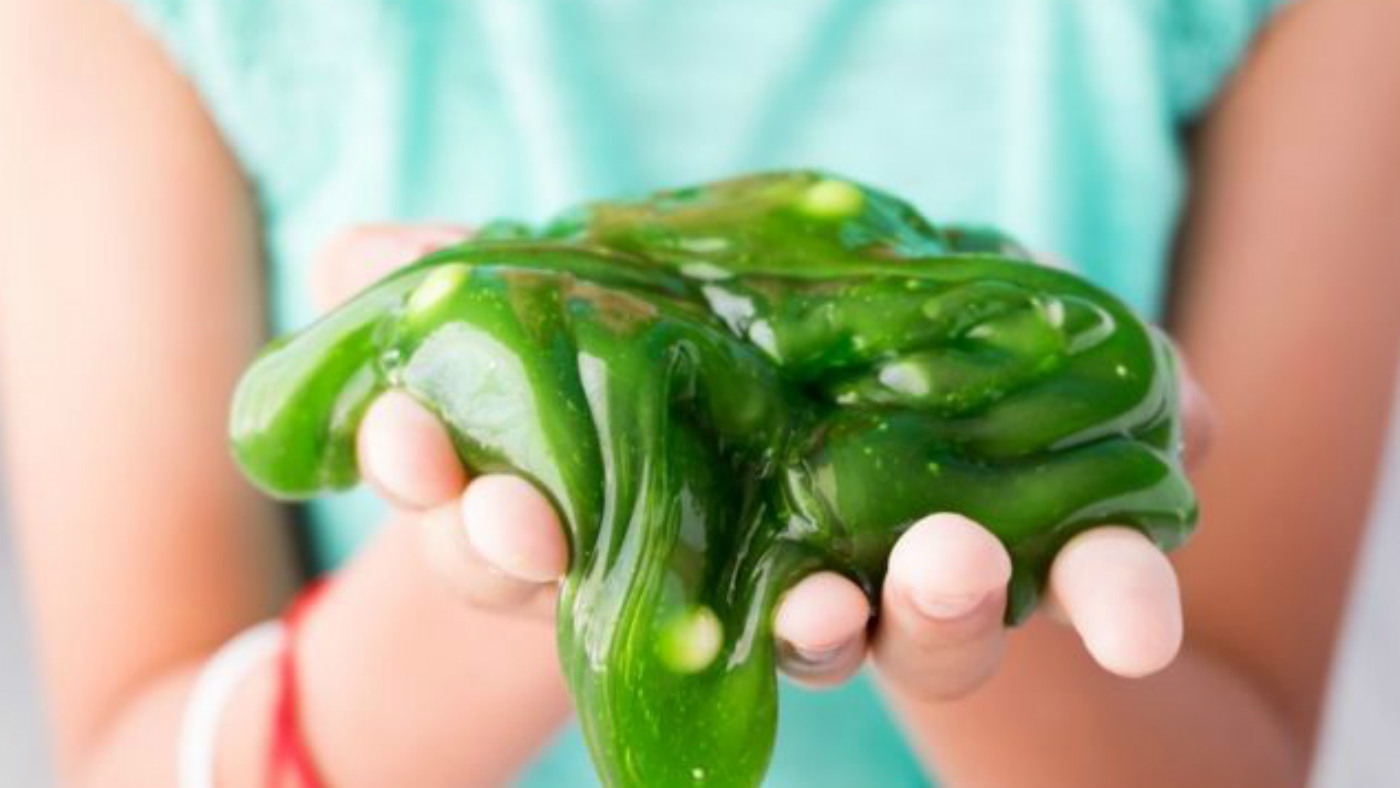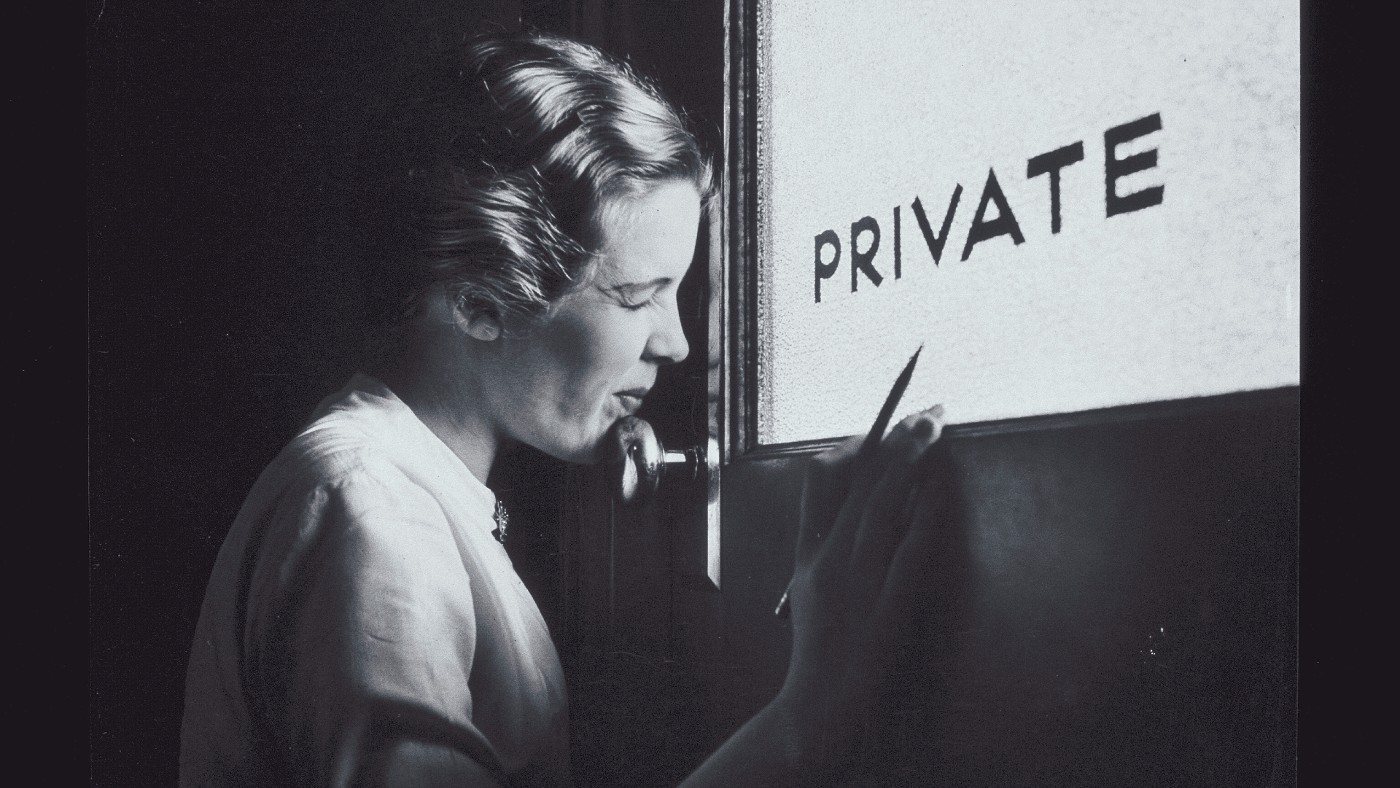Is slime dangerous for children?
Consumer group Which? finds up to four times the EU limit of potentially unsafe chemical in some toys

Parents have been warned about potentially dangerous levels of the chemical boron in children’s slime toys.
Slime “became one of 2017’s biggest crazes, with millions of people sharing pictures on Instagram and watching DIY slime-making videos on YouTube”, says the BBC.
But Which? is advising parents to “approach slime with caution” and has called on retailers and the British government to take action to ensure manufactured versions are safe.
The Week
Escape your echo chamber. Get the facts behind the news, plus analysis from multiple perspectives.

Sign up for The Week's Free Newsletters
From our morning news briefing to a weekly Good News Newsletter, get the best of The Week delivered directly to your inbox.
From our morning news briefing to a weekly Good News Newsletter, get the best of The Week delivered directly to your inbox.
The consumer group tested 11 popular slime products and “found eight contained higher than recommended levels” of boron, the BBC reports.
What did the consumer watchdog find?
According to Which?, tests showed that Toysmith Jupiter Juice slime contained 1,400mg/kg of boron - more than four times the level permitted under European Union safety standards.
This was followed by CCINEE Pink Fluffy Slime, which contained 1,000mg/kg, and Cosoro Dodolu Crystal Slime Magic Clay, which contained 980mg/kg.
A free daily email with the biggest news stories of the day – and the best features from TheWeek.com
An EU safety directive states that liquid or sticky toys should contain no more than 300mg/kg of boron.
If you own one of the slime toys mentioned by the consumer watchdog group, “it might be worth throwing it away and buying a safer version or making slime yourself, ensuring you monitor your child while doing so, so they don’t sustain injuries”, says HuffPost.
Nikki Stopford, director of research and publishing at Which?, said: “There must be fundamental changes to the product safety system.
“Manufacturers must stop making unsafe products and the Government and retailers simply have to do a far better job of getting anything identified as a risk off the shelves and out of people's homes.”
So is slime safe?
Boron is an element in minerals found in the Earth’s crust that is also present in borax, a common ingredient in slime that helps to create its “stickiness”.
Slime with high levels of boron “can cause diarrhoea, vomiting skin irritation and cramps – and potentially harm a pregnant woman’s unborn baby”, according to the Which? website.
Amazon has removed the slimes found to be unsafe from sale on its online shopping platform. A spokesperson said: “All Marketplace sellers must follow our selling guidelines and those who don’t will be subject to action, including potential removal of their account. The products in question are no longer available.”
Meanwhile, a spokesperson for the Department for Business, Energy and Industrial Strategy said: “The Government’s top priority is to keep people safe, which is why goods being sold in the UK must meet some of the strictest safety laws in the world.
“The evidence provided by Which? will be considered by the Office for Product Safety and Standards and (it can) take any appropriate action.”
-
 How to financially prepare for divorce
How to financially prepare for divorceThe Explainer Facing ‘irreconcilable differences’ does not have to be financially devastating
-
 Why it’s important to shop around for a mortgage and what to look for
Why it’s important to shop around for a mortgage and what to look forThe Explainer You can save big by comparing different mortgage offers
-
 4 ways to save on rising health care costs
4 ways to save on rising health care costsThe Explainer Health care expenses are part of an overall increase in the cost of living for Americans
